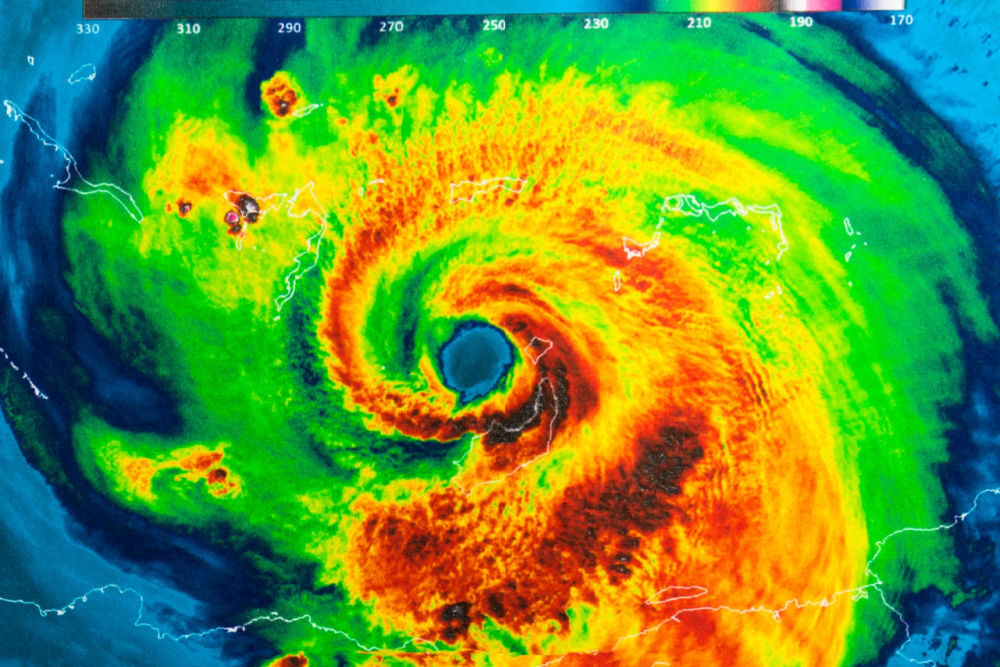From: The News Service of Florida
Colorado State University researchers Thursday forecast 17 named storms during this year’s Atlantic hurricane season, with nine reaching hurricane status and four becoming major storms. That would make the 2025 season close to the 2024 season, which included three hurricanes making landfall in Florida. The forecast is based on factors such as generally warmer-than-normal water temperatures across the eastern and central Atlantic Ocean.
- “We anticipate an above-average probability for major hurricanes making landfall along the continental United States coastline and in the Caribbean,” the university said in a news release. “As with all hurricane seasons, coastal residents are reminded that it only takes one hurricane making landfall to make it an active season.”
The forecast will be updated just after the June 1 start of the six-month season. The 2024 season produced 18 named storms, 11 hurricanes and five major hurricanes. Hurricane Debby hit North Florida’s Big Bend region in August with 80 mph sustained winds, Hurricane Helene caused damage up the Gulf Coast before landing as a major storm in September in the Big Bend, and Hurricane Milton made landfall in October in Sarasota County as a major storm.
On Wednesday, the Sarasota-based Climate Adaptation Center forecast 17 named storms, 10 hurricanes and 5 major storms this year. “We are predicting another active year, with only a slight decrease in the number of named storms and hurricanes compared to 2024 — and the same number of major hurricanes,” the center said.
- “Given current conditions, the Caribbean and the Gulf of America are again favored areas. Florida also remains in a high-risk zone.”
WHY THIS MATTERS
Homeland Security Secretary Kristi Noem has suggested eliminating FEMA entirely, though this decision would require congressional approval. President Trump has criticized FEMA as inefficient and costly, fueling discussions about its possible dismantling. If FEMA is abolished, states would need to independently manage disaster recovery efforts—a burden many are ill-equipped to handle.
Cuts to FEMA’s Programs and Staffing
1. Dismantling Key Programs: FEMA’s Building Resilient Infrastructure and Communities (BRIC) program, which funds disaster adaptation projects, is being dismantled. A memo from FEMA’s acting administrator, Cameron Hamilton, stated that BRIC grants “have not significantly improved hazard mitigation efforts,” despite its focus on equity and resilience projects for disadvantaged communities.
2. Staff Reductions: FEMA has been instructed to identify employees involved in climate, environmental justice, and equity initiatives for termination. This directive could affect a majority of the agency’s personnel. Additionally, staffing at divisions overseeing long-term recovery funding has been reduced by 84%.
3. Freezing of Funds: Twenty-two states have filed lawsuits against the Trump administration for freezing FEMA funds that Congress had already appropriated for disaster relief efforts. Despite a federal judge’s order to resume funding, states like Oregon report that they have not received FEMA money for critical disaster recovery tasks since January.
